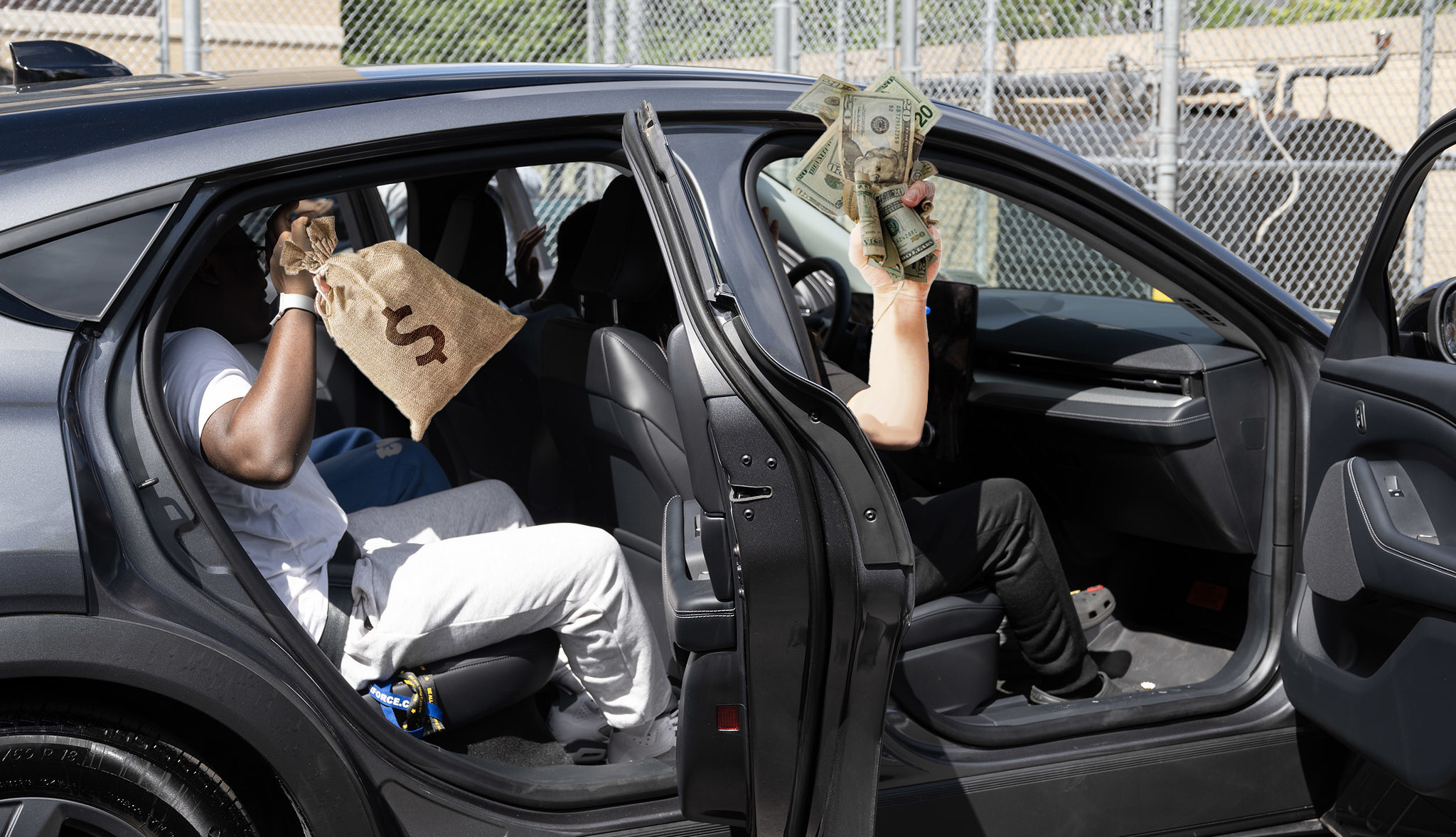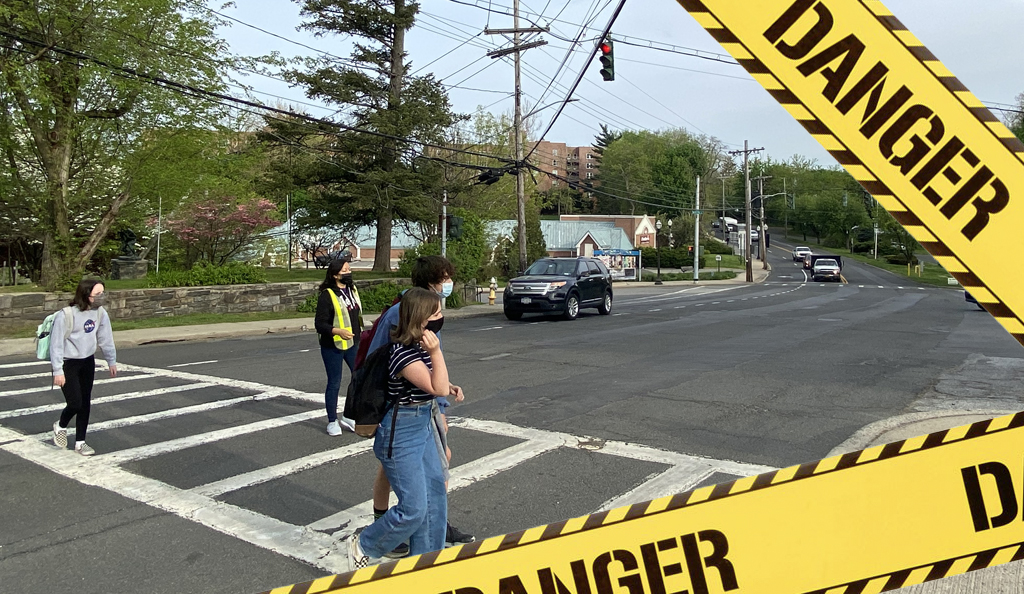This article was originally published in the Vision Zero Cities Journal, as part of Transportation Alternatives’ 2025 Vision Zero Cities conference, which will take place Oct. 28-30 in New York City.
In 1887, New York cyclists achieved a major legal victory when Albany passed the first-in-the-nation law granting bicycles the same rights and responsibilities on the road as “persons using carriages drawn by horses.”
In the 140 years since, much has changed on the road in terms of the built environment, user base, and legal landscape. By the mid-20th century, the widespread adoption of automobiles led to an explosion of traffic regulation and control devices. In the 1970s, the vehicular cycling movement fought early attempts to construct separate bike infrastructure, fearing it would marginalize bicycles from general-purpose roads. These advocates promoted a model in which cyclists rode in mixed traffic, mimicking the behavior of motor vehicles to defend their legal status.
Today, while vehicular cycling has fallen out of favor in most planning circles, its legal legacy endures. The default in nearly all states is to impose the same traffic rules on bicycles as on motor vehicles. This approach ignores a simple truth: bicycles are not cars.
The problem with treating bikes like cars
The persistence of car-centric bike laws is rooted in an outdated view of mobility. Cyclists are closer in size, speed, and sensory experience to pedestrians than to motor vehicles. They share the road but not the advantages of steel armor, airbags, or engine power. In collisions, they absorb the impact with their bodies. A driver who hits a pedestrian walks away unscathed; a cyclist is as likely as a pedestrian to suffer injuries in a collision.
Just as crossing mid-block is sometimes the safest move for a pedestrian, detouring onto a sidewalk or rolling through a stop sign might be the safest move for a cyclist. Penalizing those behaviors makes no more sense than ticketing someone for jogging on a grass median to avoid a dangerous intersection.

Rigid enforcement also opens the door to discriminatory policing. Studies have repeatedly shown that enforcement of minor traffic violations can be used to target marginalized communities. Decriminalizing behaviors like sidewalk riding or stop-as-yield protects not only cyclists’ safety but also their civil liberties.
Flexible laws save lives
Perhaps no reform better illustrates the safety benefits of legal flexibility than the Idaho Stop, which allows cyclists to treat "Stop" signs as "Yield" signs and, in some states, red lights as "Stop" signs. At least 11 states and the District of Columbia have adopted this rule in full or in part. Internationally, France, Belgium and other countries permit cyclists to proceed straight or turn right at red lights at specific intersections designated by signage. New York City’s law allowing cyclists to proceed on pedestrian walk signals gives cyclists a head start at certain intersections and offers similar — but more limited — protections.
The principle is simple: allowing cyclists to move through intersections before cars begin accelerating protects them from being stuck in blind spots or caught between turning vehicles. Intersections are the most dangerous places for cyclists, and giving them a head start (or “leading interval”) can be life-saving.
This isn’t just theory. A 2023 review by the National Highway Traffic Safety Administration found that the Idaho Stop can reduce crash rates by up to 23 percent and, crucially, showed no evidence of increased conflicts with pedestrians or other cyclists.
If we tolerate pedestrians crossing against a red light when no cars are coming — a technically illegal but widespread behavior — why shouldn’t we trust cyclists to exercise similar judgment? They, too, have literal skin in the game.
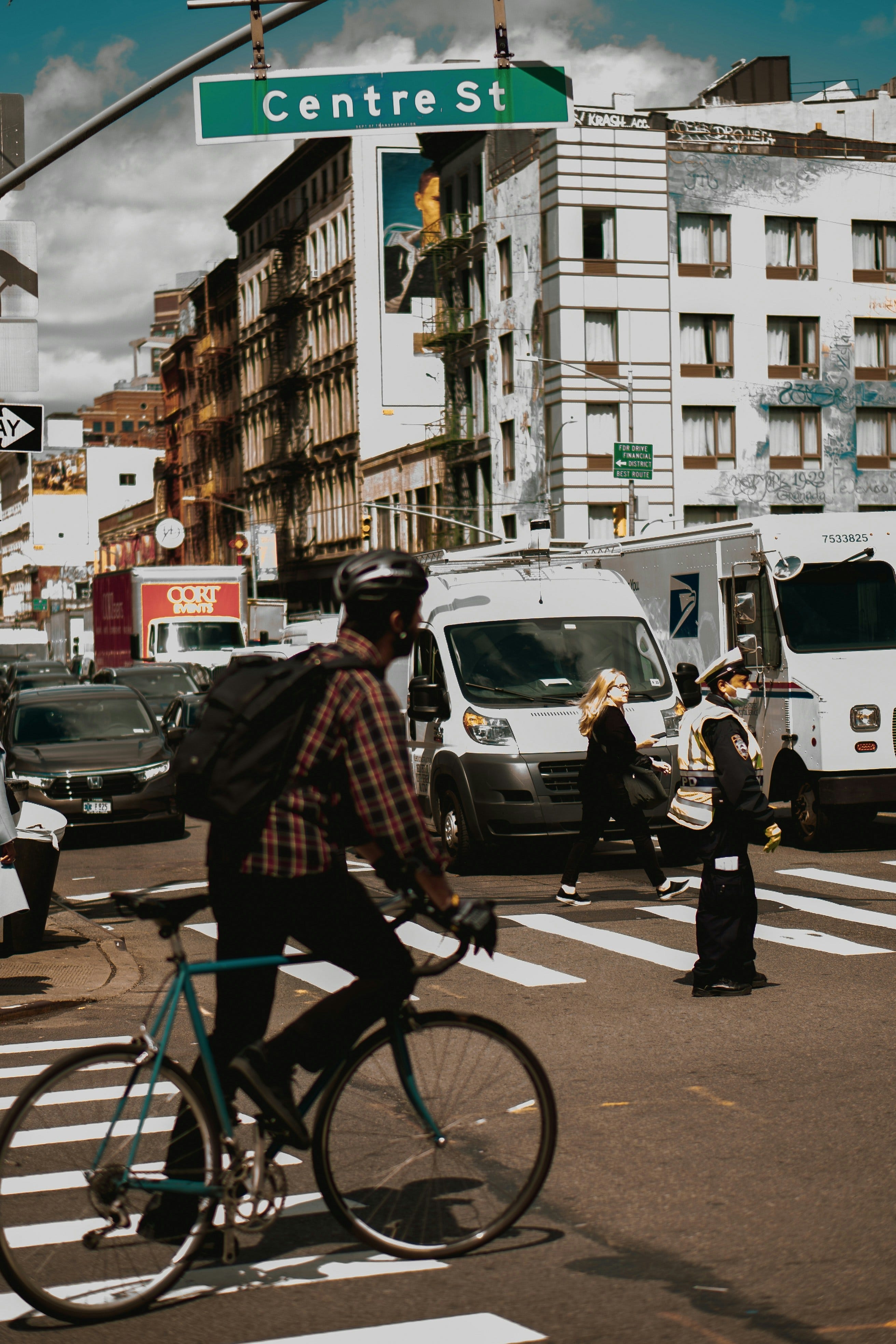
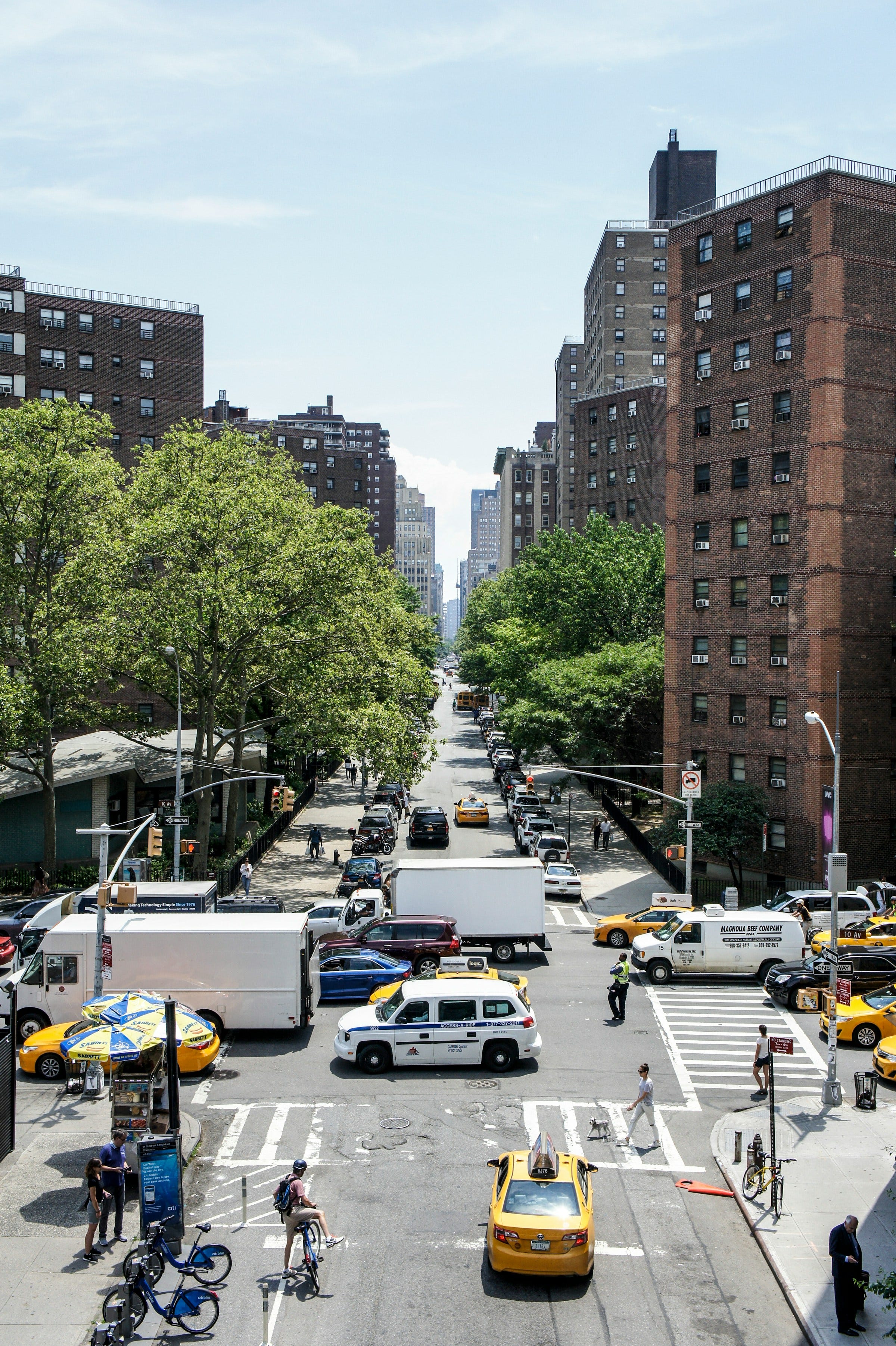
Let cyclists use the sidewalk — sometimes
Sidewalk riding is often condemned as hazardous to pedestrians and a sign of reckless cycling. The truth is more complicated. Many cyclists ride on the sidewalk not to flout rules, but to avoid being crushed by cars. In areas where traffic volumes are high and protected infrastructure is nonexistent, the sidewalk can feel like the only refuge.
Laws concerning sidewalk riding require nuance. In New York City, sidewalk cycling is flatly illegal for adults, even though it is not explicitly banned in most states. In those that do allow it, riders are typically required to yield to pedestrians or to sound a bell when passing. The key is reasonable and courteous behavior, not prohibition.
Contrast this with Hoboken. The New Jersey city permits sidewalk cycling at walking speeds provided cyclists yield to pedestrians. Since 2017, Hoboken has recorded zero traffic deaths, a testament to how safety can be achieved through balanced regulation rather than inflexible bans.
More tellingly, cities that invest in protected bike infrastructure see sidewalk riding drop dramatically without resorting to ticketing. When New York City installed a protected bike lane on Prospect Park West, the percentage of cyclists using the sidewalk fell from 46% to just 3%, even as total bike volumes tripled. The lesson? The most effective way to keep cyclists off the sidewalk is to give them a safe place to ride, not criminalize their attempts to avoid danger.
Helmet laws miss the mark
Another policy that appears safety-focused on its face, but carries unintended harm, is mandatory helmet legislation. After all, motorcycle helmet requirements are uncontroversial, so why shouldn’t they also be required for bicycles? But while bike helmets can offer personal protection in crashes, laws that require their use often discourage cycling altogether.
Australia’s experience with mandatory helmet laws is instructive. After implementing such laws nationwide, the country saw a marked decrease in cycling rates, reversing the “safety in numbers” effect: the more cyclists on the road, the more drivers anticipate their presence, and the safer each cyclist becomes. Reducing ridership undermines this protective effect and ironically increases risk for those who continue to ride.
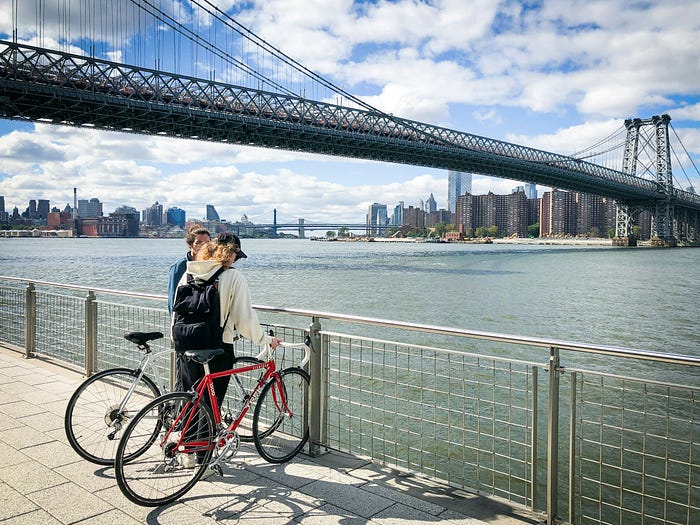
Moreover, research suggests that drivers tend to pass more closely to cyclists wearing helmets than to those without, perceiving them as more experienced and therefore less vulnerable. This behavioral shift may negate some of the safety benefits of helmet use, especially in dense urban environments.
Helmet laws also send the wrong message by reinforcing the idea that cycling is inherently dangerous, requiring armor to participate. This contributes to a car-centric view of streets and deters would-be cyclists who might otherwise replace car trips with bike trips.
With all this in mind, it’s no surprise that none of the countries with the highest rates of cycling and fewest cyclist fatalities have mandatory helmet laws. Cyclists should be encouraged to wear helmets through education and incentives, not forced through punitive mandates that reduce ridership and safety.
A smarter safety framework
New York City’s recent decriminalization of jaywalking offers a new way forward. By acknowledging that pedestrians are capable of making safe judgments and that punitive enforcement does little to improve safety outcomes, the city has moved toward a smarter, more humane regulatory approach. The same logic applies to cyclists.
This doesn’t mean cyclists should be free to endanger others; right-of-way laws would still apply. Cyclists could still be held civilly liable for causing a crash, but enforcement should focus on harmful behaviors — like failing to yield or riding recklessly — and not technical violations that have no impact on others. There is simply no justification for penalizing cyclists for choosing the safest course of action in situations where the rules were written for machines that outweigh them by two tons.
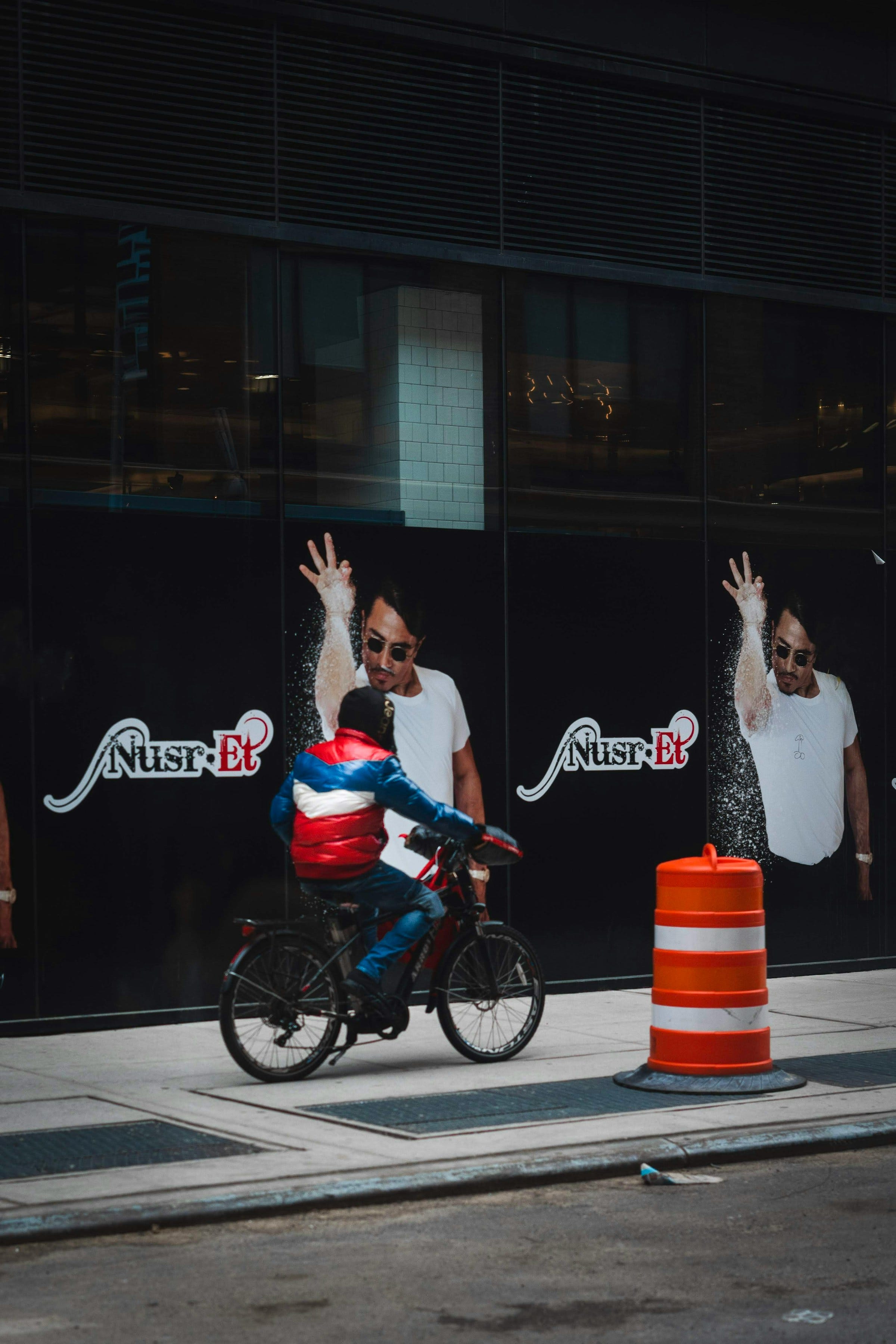
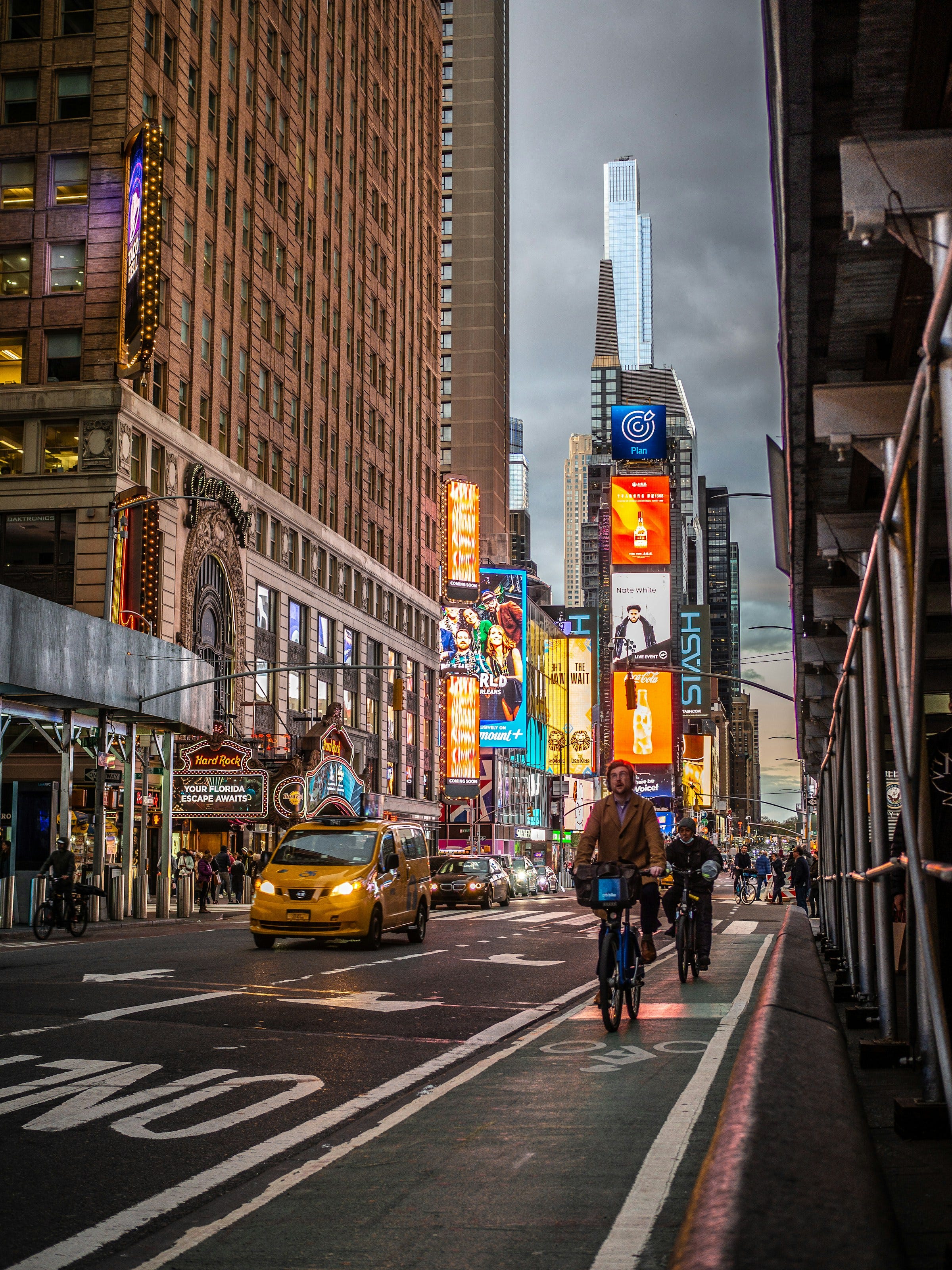
Trust cyclists to keep themselves safe
For too long, laws have treated cyclists like small, slow cars. It’s time to abandon that fiction. Cyclists are people — vulnerable, alert, and often more aware of traffic dynamics than the drivers around them. We should trust them to make smart choices. More important, we should write laws that reflect the realities they face on the road every day.
Policies like the Idaho Stop, flexible sidewalk riding rules, and the decriminalization of technical and equipment violations are not radical. They are necessary. They save lives, reduce conflict, and bring our legal system in line with how people actually move through cities. Let’s stop forcing cyclists to follow rules designed for cars, and give them the freedom — and legal protection — to ride smart.

